Garden Enemies: Why Some of Your Plants Just Can’t Be Neighbors
I’ve spent more years than I can count with my hands in the dirt, starting on a tiny city balcony and eventually running community gardens. If there’s one lesson that has stuck with me, it’s this: a great garden is way more than just sun and soil. It’s a living, breathing community.
In this article
And just like any community, some neighbors get along, and some… well, they just don’t. Some plants will actively sabotage each other, and understanding these little dramas is the secret to a garden that thrives instead of just survives.
New gardeners always ask what they should grow. A much better question is what to grow together. I’ve seen entire garden beds fail because of one poorly placed plant, and it’s not some weird garden folklore. It’s science. Let’s get into why some plants are frenemies and how you can play peacemaker in your own backyard.
Overwhelmed? Just Remember These 3 Rules
Okay, before we dive deep, let’s keep it simple. If you’re just starting out, you can avoid 90% of the drama by remembering these three golden rules:
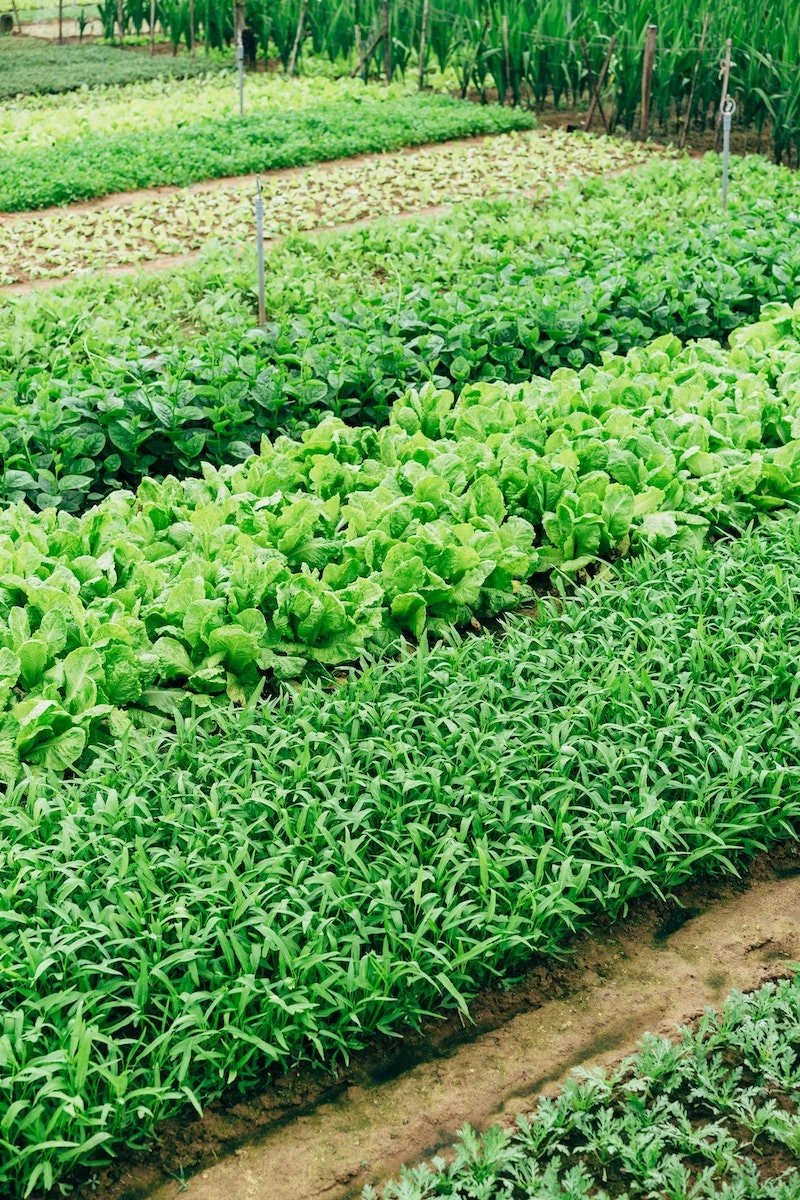
- Give Fennel Its Own Pot. Seriously. Fennel is the anti-social neighbor of the garden and releases chemicals that stunt most other plants. Just give it its own container on the patio.
- Keep Beans & Peas Away From Onions & Garlic. This is a classic rookie mistake. The onion family messes with the soil in a way that starves beans and peas. Separate them by at least a few feet.
- Separate Potatoes and Tomatoes. They are basically cousins that are susceptible to the same devastating diseases. Planting them together is just asking for trouble. Keep them on opposite sides of the garden if you can.
Got it? Awesome. Now, for those who want to know the ‘why’ behind the rules, let’s dig in.
The Science Behind Plant Drama
It’s not personal, it’s biological. There are a few key reasons why some plants just can’t stand each other.
Chemical Warfare (Allelopathy)
This is the coolest and most dramatic reason. Allelopathy is when a plant releases specific chemicals into the soil to poison its competition. It’s a plant’s natural, built-in weed killer.
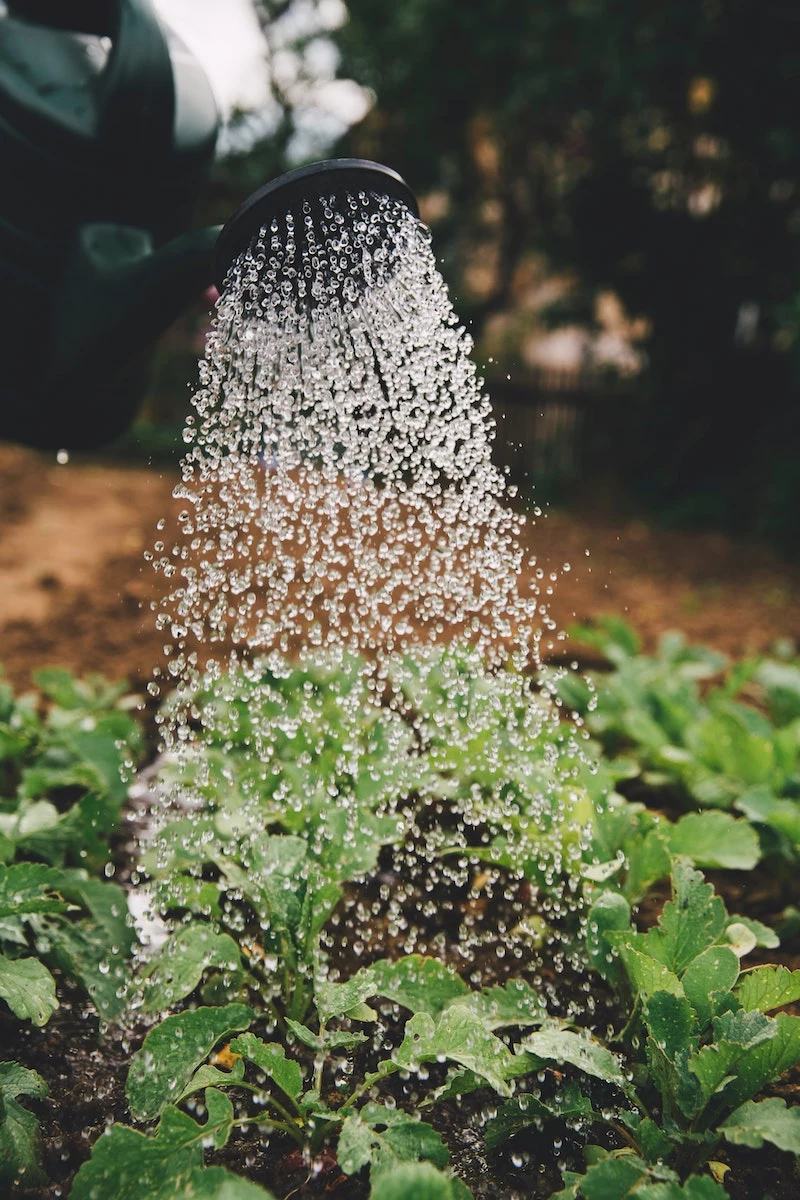
The most famous example is the Black Walnut tree, which releases a powerful compound from its roots and leaves that is toxic to a ton of common garden plants like tomatoes and peppers. But this happens on a smaller scale, too. Take the onion and garlic family. They release sulfur compounds into the soil. While this is great for warding off some pests, it’s terrible for peas and beans. Legumes rely on special bacteria in the soil to help them absorb nitrogen. The sulfur from the alliums kills off these good bacteria, leaving your bean and pea plants yellow, stunted, and starving.
A Fierce Competition for Resources
This one is more straightforward. When you plant two greedy plants next to each other, they’re going to fight over food, water, and sunlight. One will almost always lose.
- Food Fight: Some plants are what we call ‘heavy feeders.’ Think corn, squash, pumpkins, and broccoli. They need a ton of nutrients. If you plant two of them side-by-side without super-rich soil, they’ll suck the ground dry, and one (or both) will give you a pretty pathetic harvest.
- Water Wars: A thirsty cucumber plant needs consistent moisture, while an herb like rosemary prefers its soil to dry out between waterings. Plant them together, and you have a dilemma. Water enough for the cucumber, and you’ll get root rot on the rosemary. Water for the rosemary, and your cucumbers will be stressed and bitter.
- Battle for Sunlight: This is a physical turf war. Tall, leafy plants like sunflowers or vining pumpkins can completely shade out smaller, sun-loving plants. A pumpkin vine doesn’t care about your delicate bush zucchini—it will sprawl right over it, blocking the sun and choking it out.
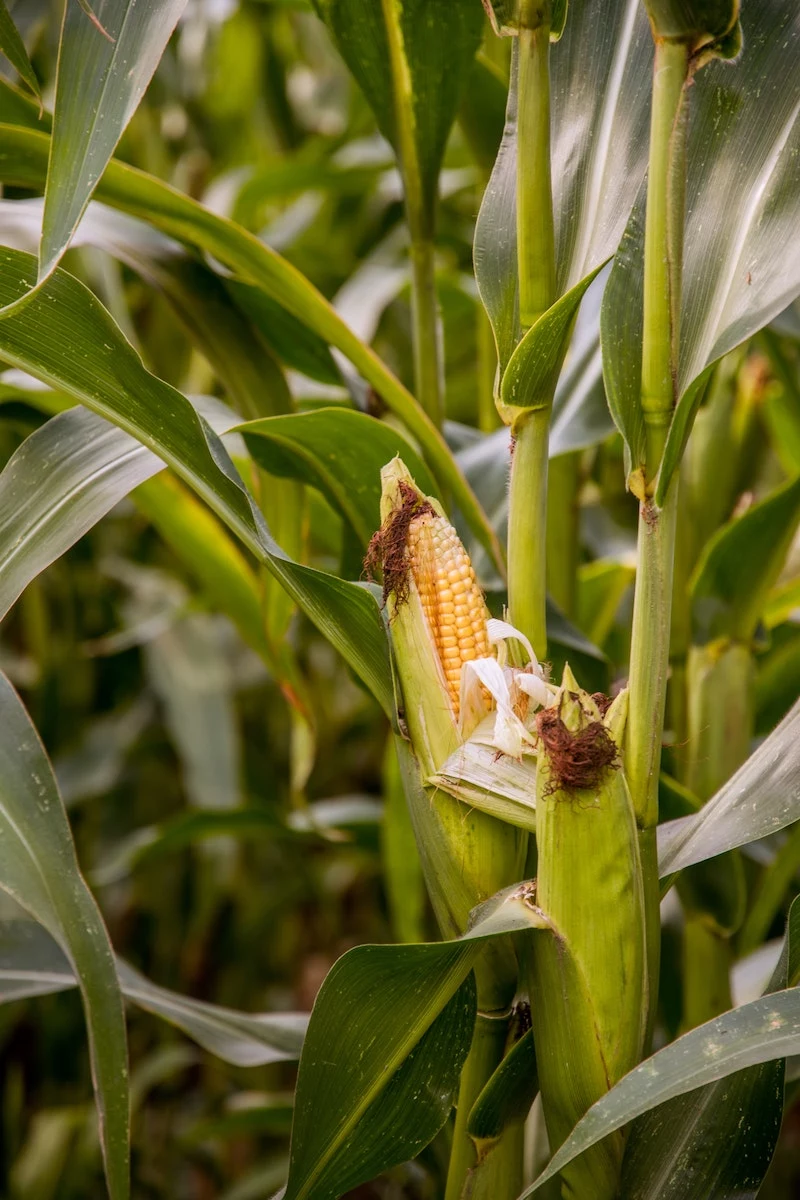
Inviting the Same Party Crashers
Some plants don’t directly hurt each other, but they roll out the welcome mat for the same pests and diseases. Planting them together is like setting up a non-stop buffet and breeding ground for all the things you don’t want in your garden.
A classic example is corn and tomatoes. The problem? They are both targeted by the exact same pest, known as the corn earworm or the tomato fruitworm. They’re also both prone to similar fungal diseases. If one gets sick, the other is almost guaranteed to be next. It’s a high-risk situation that can wipe out two of your favorite crops at once.
Problem Pairings: My Field Notes
Here are the most common problematic combos I see, plus what you should plant instead. Think of this as your quick-reference cheat sheet.
Fennel vs. (Almost) Everything
As I mentioned, fennel is a lone wolf. It releases chemicals from its roots that stunt tomatoes, beans, peppers—you name it. I once saw a client’s tomato bed where one end was mysteriously weak. The culprit? A single fennel plant that had sprouted nearby.
The Fix: Give fennel its own dedicated container or a corner of the garden at least 10 feet away from your main vegetable beds. It’s the only way.
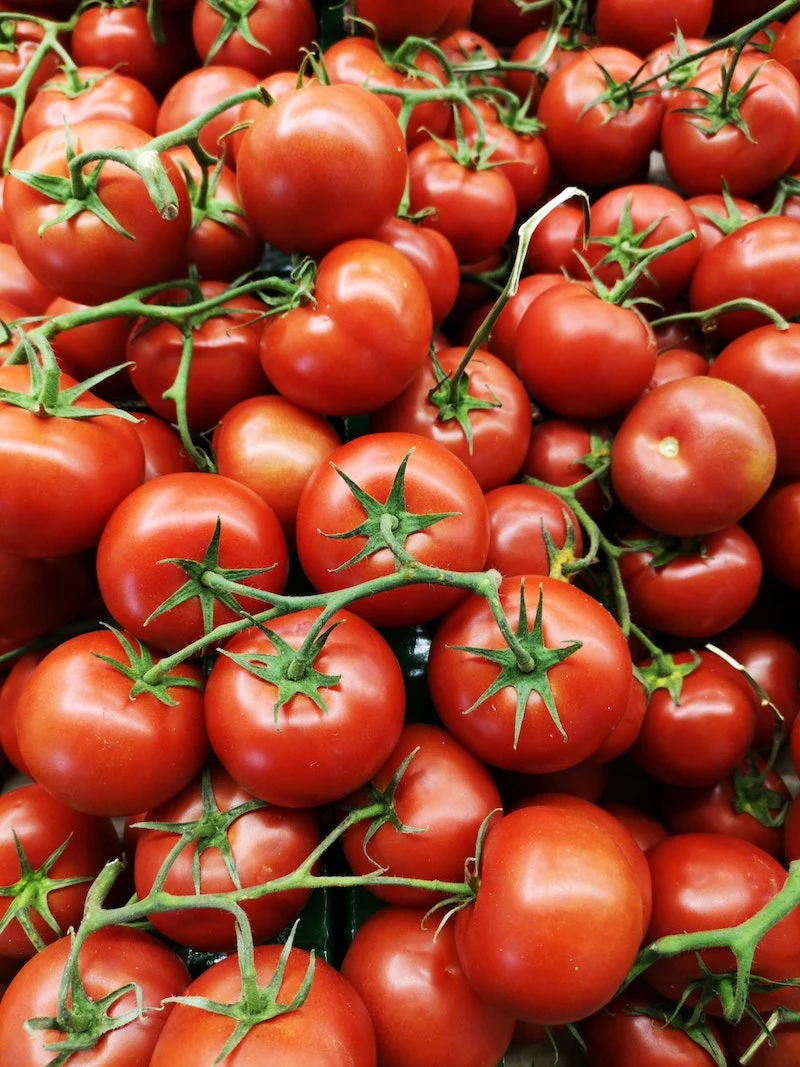
Onions & Garlic vs. Peas & Beans
This is that chemical warfare in action. People often plant garlic as a border, thinking it will protect their peas, but it does the opposite. Your legumes will look yellow and sickly and won’t produce much at all.
Better Buddies: Keep at least 2-3 feet between these two families. Plant your peas and beans near corn, carrots, or cucumbers instead—they’ll love the nitrogen boost the legumes provide.
Potatoes vs. Tomatoes
This is a critical one to avoid. They’re both in the nightshade family and are magnets for the same diseases, especially early and late blight. A nasty blight can spread between them in days, wiping out both crops. In community gardens, I’ve seen one person’s infected potatoes ruin their neighbor’s tomatoes.
The Fix: Keep at least 25 feet between them. A good rule of thumb is to never plant them where the other was grown for at least three years to break the disease cycle.
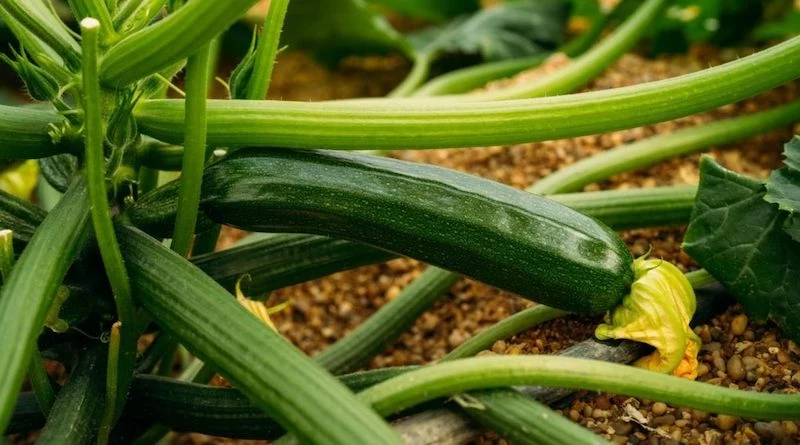
Cabbage Family (Broccoli, Kale) vs. Strawberries
This is a sneaky one. Cabbage-family plants seem to inhibit the growth of strawberry plants and their runners. More importantly, they both attract slugs and aphids, creating a pest paradise.
Better Buddies: Plant strawberries near borage or bush beans. Put your broccoli and kale near aromatic herbs like rosemary or thyme to help deter those pesky cabbage moths.
Your 5-Minute Garden Fix for Today
Here’s a quick win you can do right now. Go outside and check if you have any mint planted directly in a garden bed. If you do, go dig it up and put it in a pot. Immediately. Mint’s roots are incredibly aggressive and will take over everything within a season. You will thank me next year, I promise.
Let’s Bust Some Garden Myths
The internet is full of weird garden advice. Let’s clear up a couple of common misunderstandings.
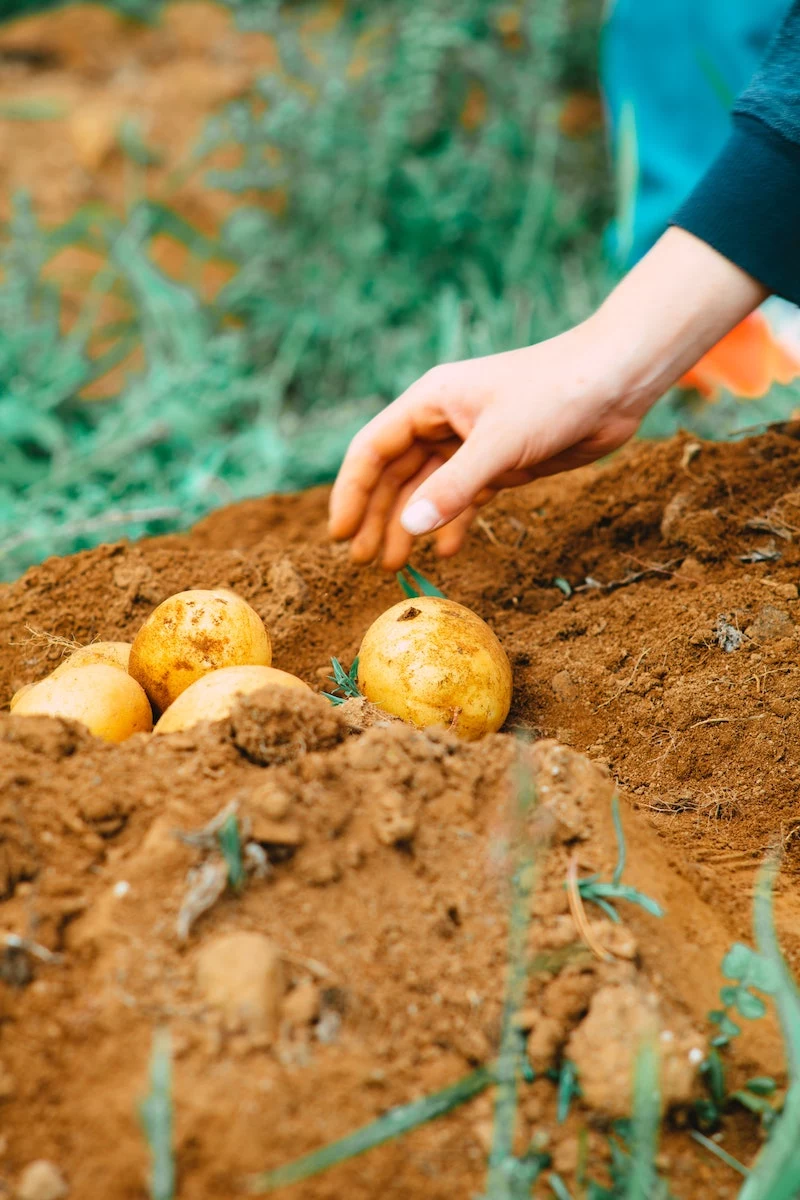
Myth: “Rosemary’s scent will ruin your cucumber’s flavor.” You see this one a lot, but there’s no science to back it up. The real issue is their completely different needs. Cucumbers are thirsty and love rich soil; rosemary is a Mediterranean herb that likes it lean and dry. They fail together because their care is incompatible, not because of a flavor feud.
Misunderstanding: “My squash will cross-pollinate and be ruined!” People worry that planting a pumpkin next to a zucchini will create weird, inedible fruit. This is only half-true. Cross-pollination does happen, but it only affects the seeds inside the fruit, not the fruit itself. The zucchini you harvest this year will be perfectly normal. The problem only comes if you save those seeds and plant them next year. So, unless you’re a seed saver, go ahead and plant them near each other—just give the sprawling vines enough space!
Quick Troubleshooting: What’s Wrong With My Plants?
Sometimes, a part of your garden just isn’t happy. Here’s how to diagnose the problem.
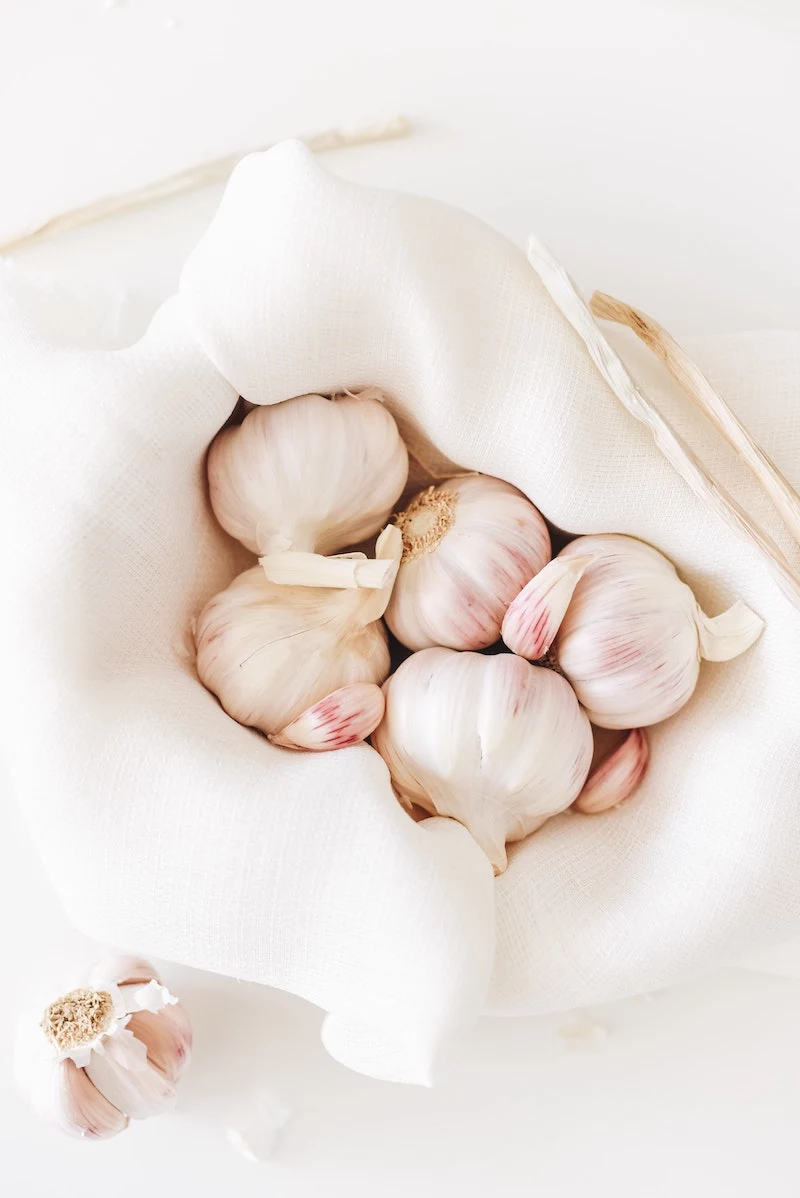
Symptom: The plants on one side of a bed are stunted and sad, while the other side is fine.
Diagnosis: Look for a pattern! What’s planted right next to the sad section? I once saw a row of beans that got progressively smaller. At the end of the row, next to the tiniest plant, was a huge, happy rosemary bush. The problem was different watering needs, and the pattern made it obvious.
Symptom: My corn is failing, but it’s right next to my massive, thriving pumpkin patch.
Diagnosis: This sounds like a classic case of resource competition. That pumpkin is a heavy feeder and is likely hogging all the nutrients. A simple soil test can confirm this. By the way, a basic test from your local cooperative extension office is a great investment and usually only costs around $15-$30. Just search online for “[Your State] cooperative extension” to find yours.
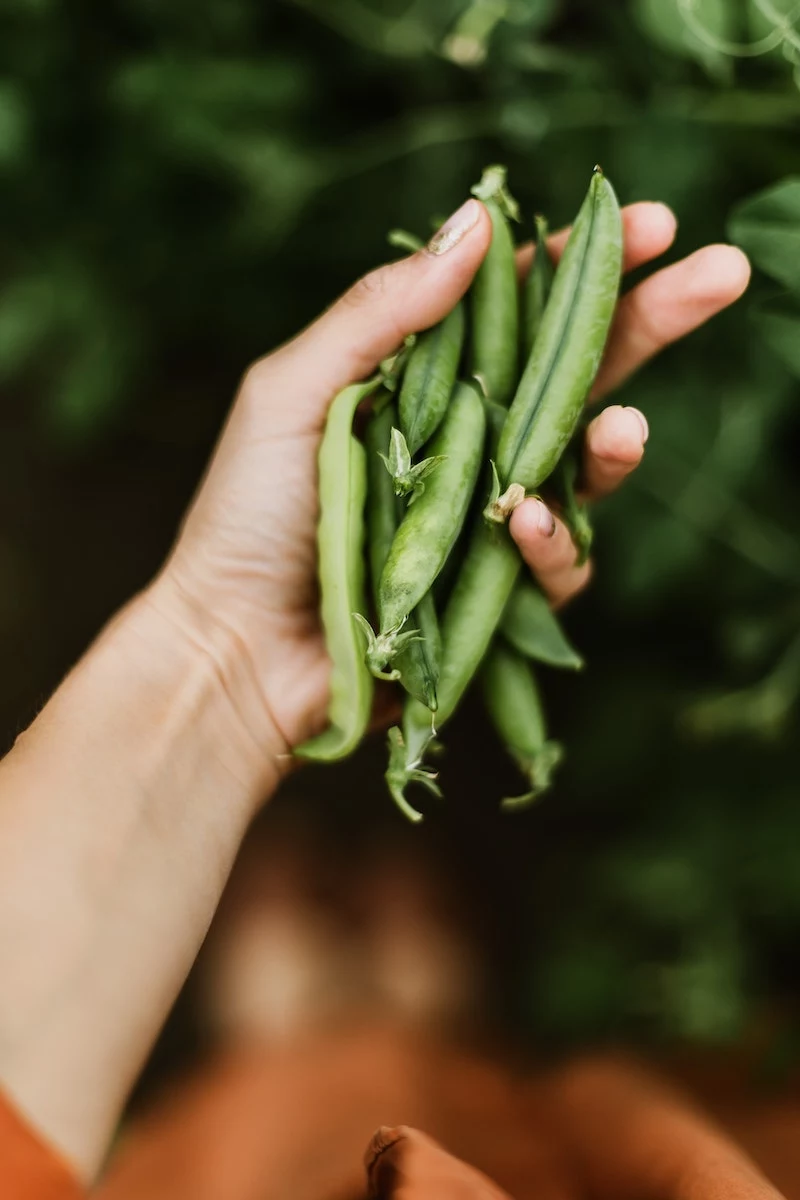
A Few Final Pro Tips
Before you go, a couple of warnings from a professional.
Heads up on composting: Don’t throw black walnut leaves or large amounts of fennel into your compost. The toxic chemicals can survive the composting process and harm your garden later. It can take over a year for these compounds to fully break down, so it’s just better to dispose of them elsewhere.
And don’t forget buffer plants! You can create a neutral zone between two grumpy neighbors with plants like marigolds or nasturtiums. They don’t compete much and can even help trap pests. You can grab seed packets for these helpers for just a few bucks each (usually $2-$4) at any garden center.
At the end of the day, these aren’t rigid rules meant to scare you. Think of them as tools to help you become a better garden detective. Paying attention to these relationships is how you go from just planting vegetables to truly creating a thriving little ecosystem.
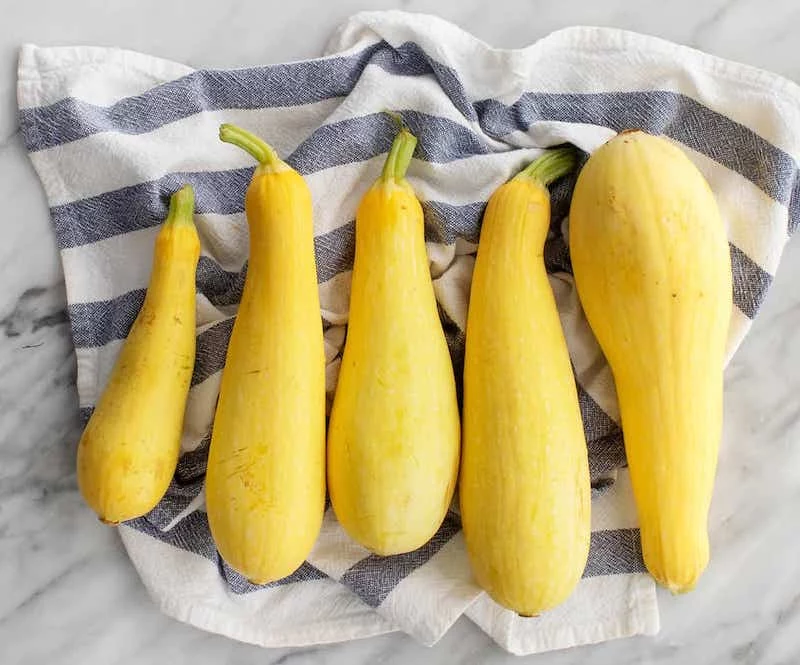
Now I want to hear from you! What’s the biggest plant-pairing disaster you’ve ever had in your garden? Share the story in the comments—we’ve all been there!
Inspirational Gallery
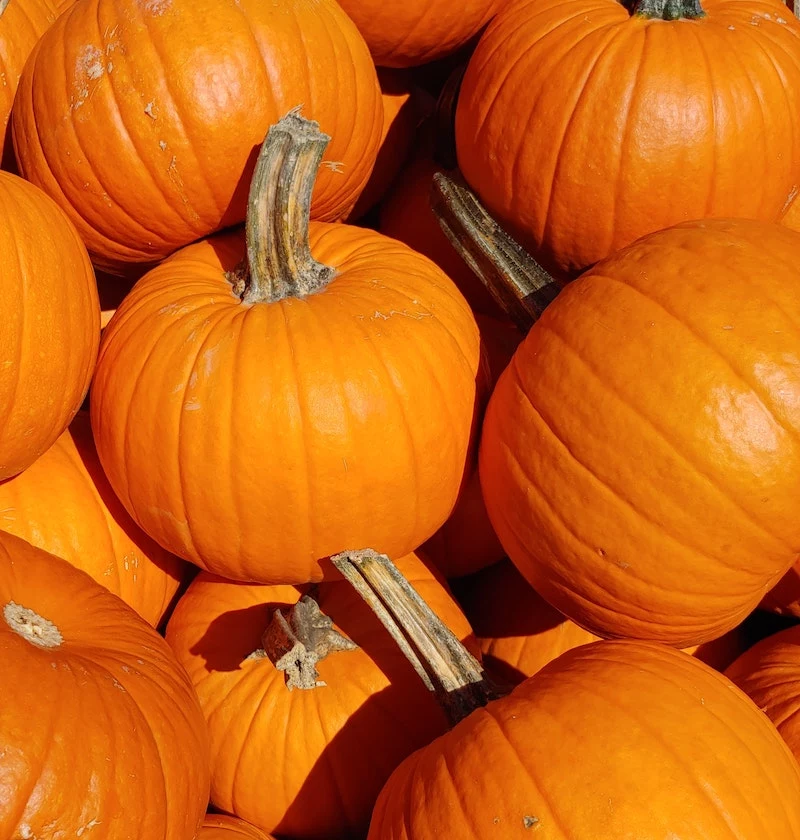
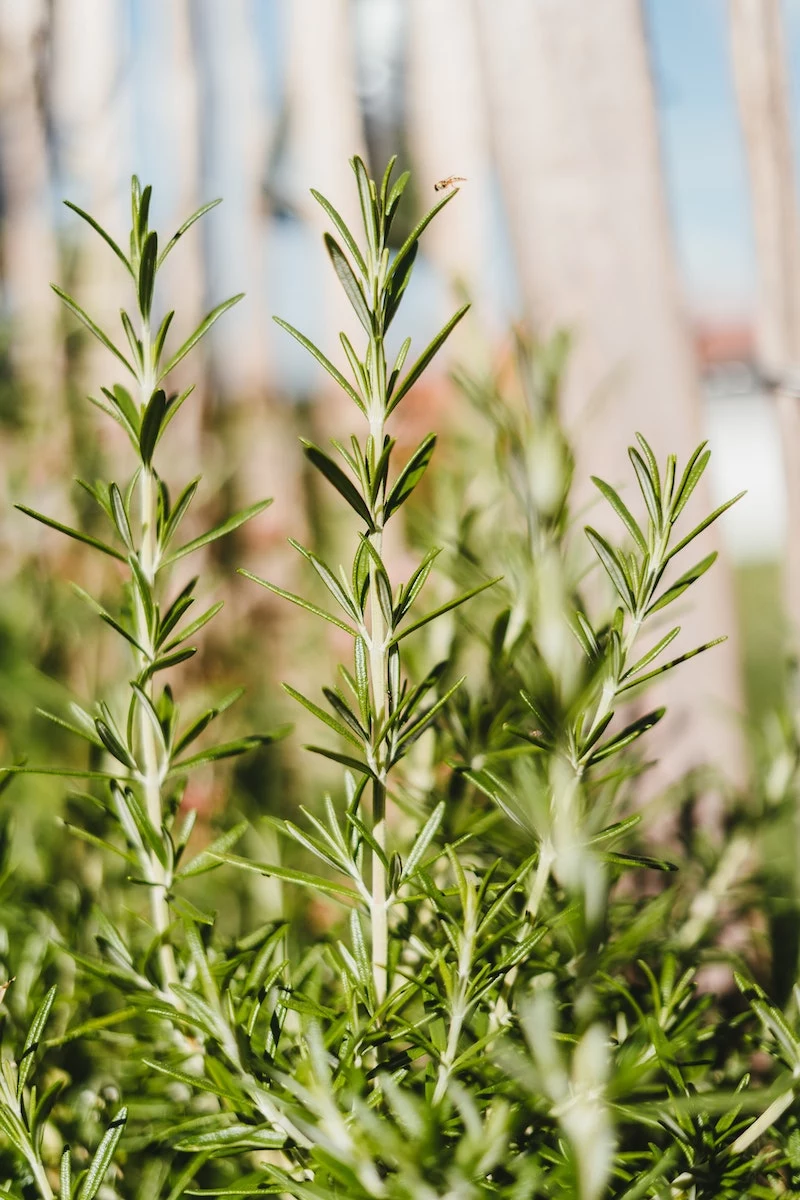
The roots of a single mature Black Walnut tree can release a plant-toxic chemical called juglone into an area up to 80 feet in diameter.
This isn’t just garden drama; it’s a silent takeover. Juglone is particularly devastating to nightshades. Planting your prize-winning tomatoes, peppers, or eggplants within its reach is a recipe for wilted, stunted failure. Even potatoes and beautiful ornamentals like rhododendrons and azaleas will suffer. If you have one of these beautiful but tyrannical trees, consider raised beds with protective liners or stick to juglone-tolerant plants like squash, beans, and carrots in that zone.
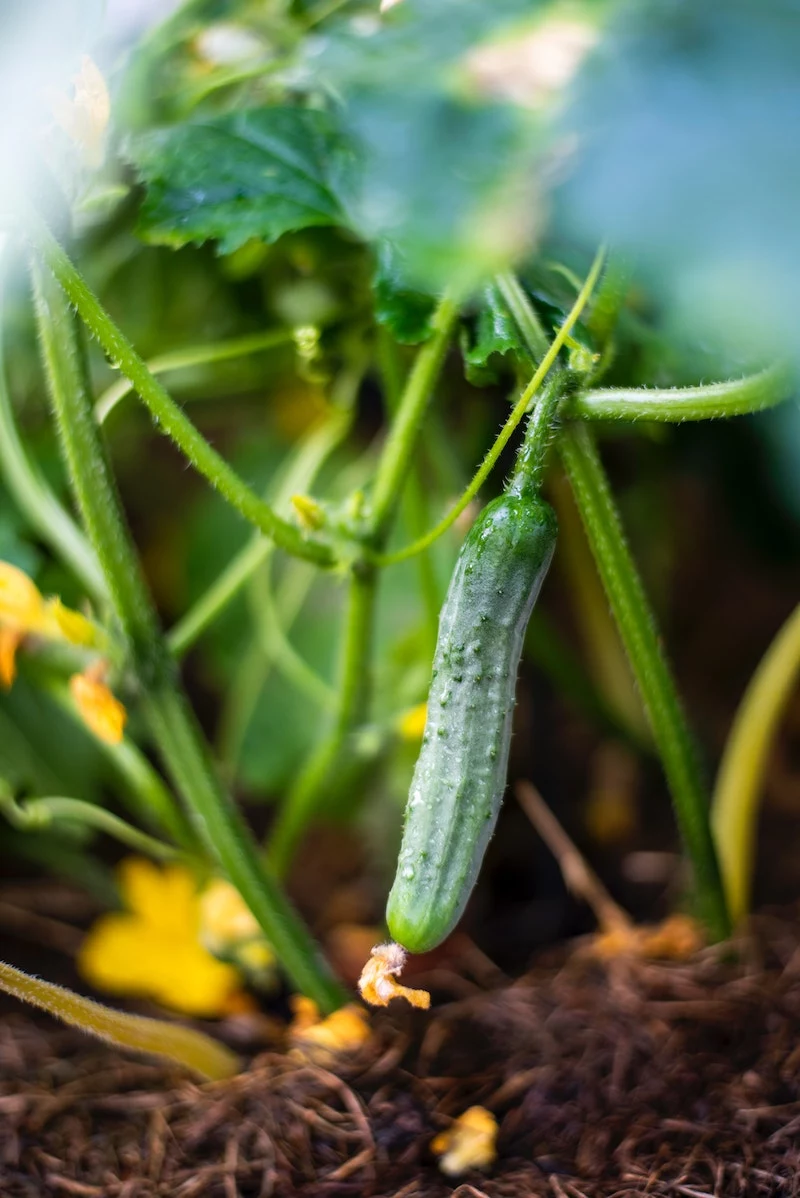
- Provides natural, sturdy support for climbing vines.
- Enriches the soil with essential nitrogen.
- Suppresses weeds and conserves soil moisture with broad, shady leaves.
The secret? The “Three Sisters.” This ancient Native American planting technique combines corn, pole beans, and squash in a single mound. The corn acts as a trellis for the beans, the beans fix nitrogen for the nutrient-hungry corn, and the sprawling squash provides a living mulch, creating a perfect, self-sustaining plant community.
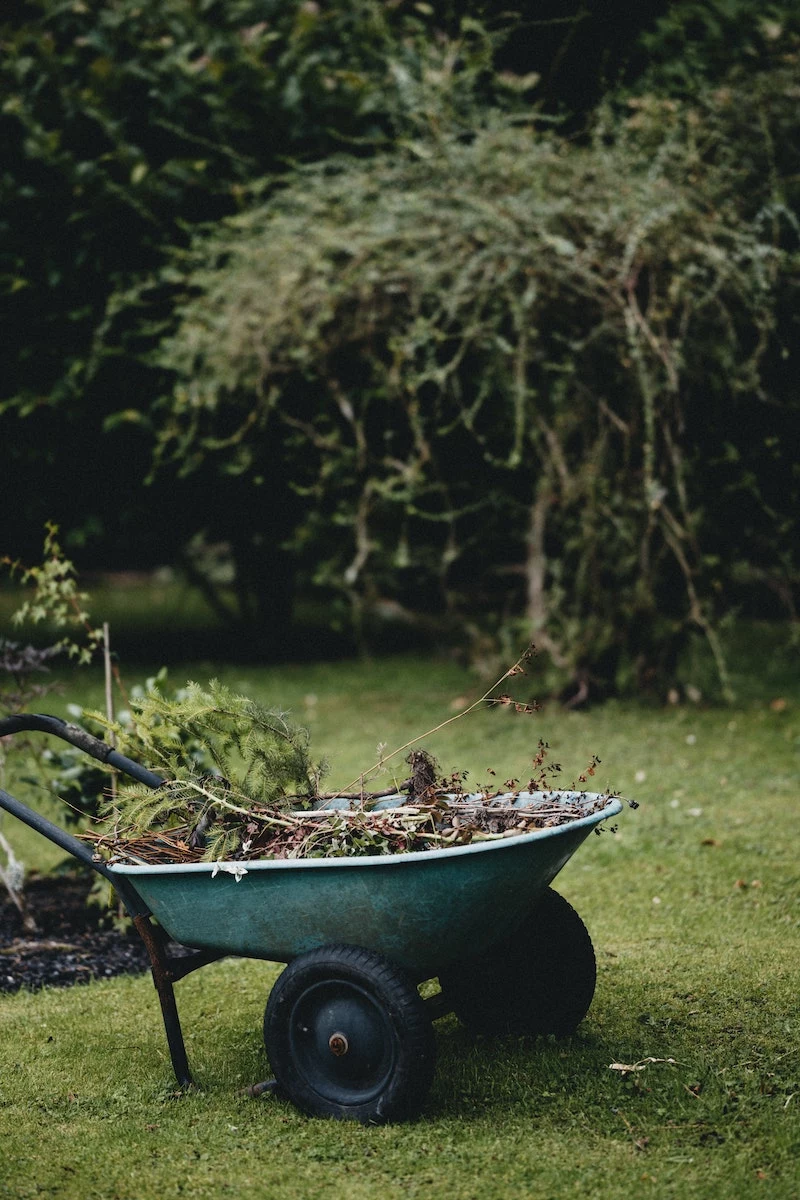
How do I keep track of all these good and bad pairings?
Forget scribbling notes on seed packets. Modern gardeners have a secret weapon: companion planting apps. Tools like Planter – Garden Planner or Gardroid allow you to lay out your virtual garden bed and will often flag incompatible neighbors before you even buy the seeds. They provide detailed information on allies and enemies, helping you design a harmonious and productive plot right from your phone. Many even include planting reminders and pest information.
The Pot Bully: Mint. Its aggressive runner roots will quickly colonize any shared space, choking out less vigorous neighbors and hogging all the water and nutrients. Never plant it in a mixed container unless you want a pot of only mint by August.
The Polite Neighbor: Parsley. It has a deep but contained taproot, happily coexisting with other herbs like basil or thyme without staging a subterranean coup. When in doubt for containers, choose plants with tidy root systems.










